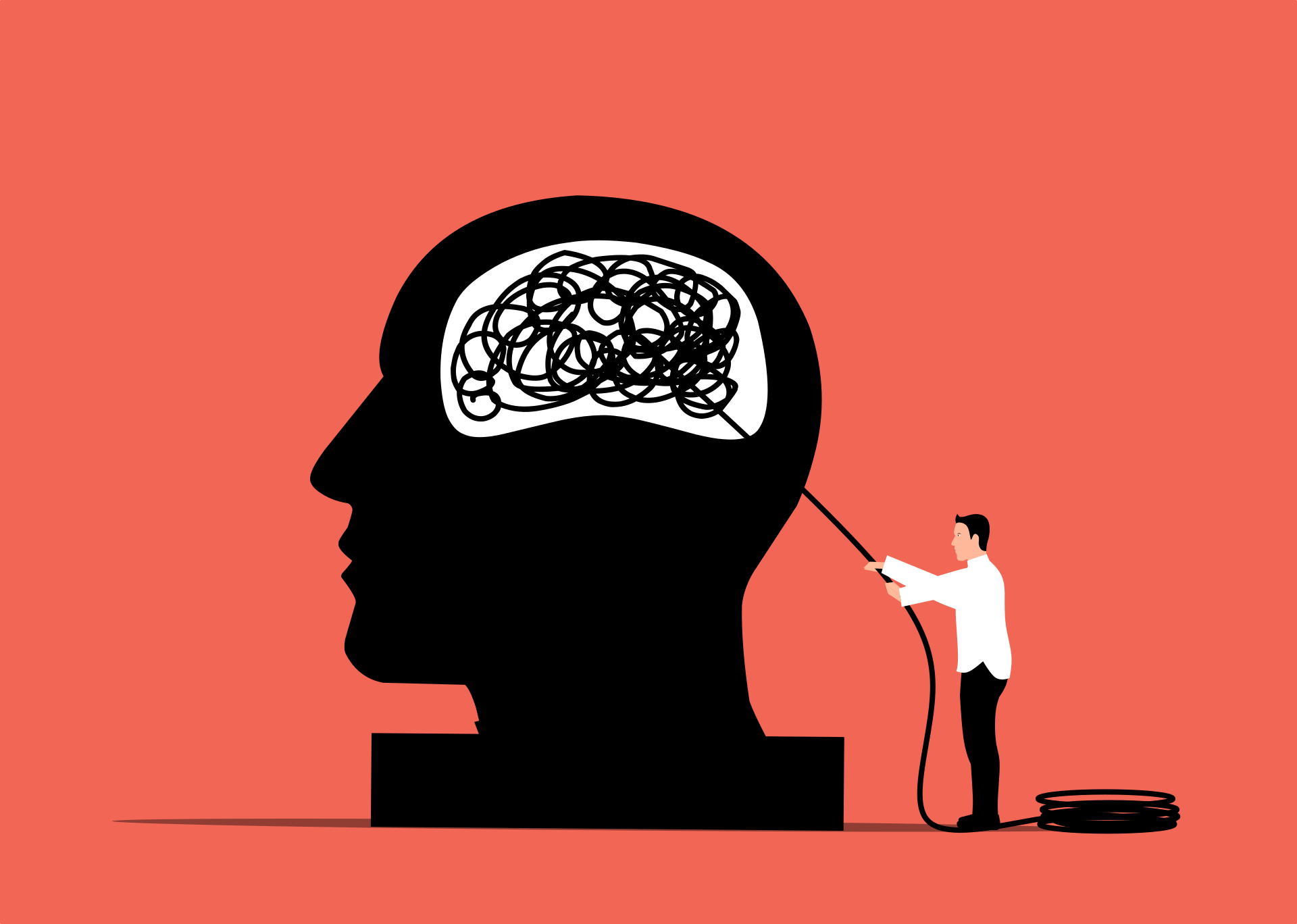In 2020, 1 in 6 Americans signed up for therapy for the first time in their lives.
Still, though, many people aren’t sure if therapy is for them. This is where learning about the different methods is very important, helping individuals find the right route to improve their mental health.
One method that’s been gaining some attention is psychodynamic therapy – which isn’t as scary as it sounds! A type of talk therapy, it’s a fantastic way to learn more about yourself and dig deep into your mind.
Read on to discover what is psychodynamic therapy? and more in this guide.
What is Psychodynamic Therapy?
Everyone is a sum of their experiences. Positive or negative, each event in your life leaves a mark and shapes who you are. They create patterns, behaviors, and sometimes even trauma.
Usually, we don’t stop to question these experiences or understand why we are the way we are. As humans, we trudge on regardless, ignoring the very foundations of who we are.
But, this doesn’t always work. Some people find their experiences can leave them battered and bruised, with negative behavior patterns that affect their life for the worse. This is where psychodynamic therapy comes in.
Psychodynamic therapies look to unpack and examine our behaviors, as well as the reasons behind them. In a bid to discover why you are who you are, you’ll look at the experiences in your life that have left a mark. A lot of the time, these are traumatic and painful memories, but ones that you must deal with.
This is all about raising self-awareness and understanding. How you became you.
The Theory Behind Psychodynamic Therapy
The theories of Sigmund Freud influenced psychodynamic theories. He theorized that the experiences we have as children play a role in who we are as an adult. He put forward the idea that there are three parts to the mind:
- The id
- The superego
- The ego
Freud believed that humans are born with the id, we create the ego when we are toddlers, and the superego is created when we are around five years old. The development is impacted by relationships and experiences, including trauma.
During this development, we can create unhealthy and dysfunctional behaviors. Freud also believed that to rid ourselves of these, the roots of the problem must be found in the unconscious mind.
How Does Psychodynamic Therapy Work?
The goal of psychodynamic therapy is to bring painful, traumatic experiences buried in the subconscious to light. By digging them up, you can begin to explore the experience and resolve feelings that you may have been struggling with for years.
If you’re looking for psychodynamic therapy examples and when it can help, childhood trauma is the most frequent issue brought up. This could be neglect, sexual abuse, bullying, or simply a string of negative experiences that have affected behavior.
During the therapy process, you should:
- Generate more self-awareness
- Uncover your past
- Understand how experiences have shaped your present
- Understand the roots of your behavior
- Gain confidence and understanding to navigate life
Psychodynamic therapy is all about being the best version of yourself that you can be. You’ll uncover, understand, and then let go of painful experiences, leaving the past in the past.
What Can You Expect in a Psychodynamic Therapy Session?
Usually, a therapy session is done individually, with only you and your therapist present. Psychodynamic group therapy is available, though, and can support individual progress.
Much of the process relies on the relationship between the therapist and client. There must be trust, honesty, and acceptance. An open and safe environment is needed for therapy to work.
The direction of the session is controlled by the patient’s feelings. You’ll be encouraged to express your emotions, fears, and desires. The therapist plays a minimal role here, allowing the speech to flow without interruption.
As this happens, the therapist will notice patterns of behavior that are rooted in experiences. They’ll then explore these areas. The patient will delve into their emotions around the experiences, and the therapist will help them with coping mechanisms to deal with their feelings.
How Long Does Psychodynamic Therapy Last?
Psychodynamic therapy can continue for months or years. The less intense analysis will take less time. Deeper-rooted issues and behavior patterns may take many years to unravel and deal with.
Techniques Used in Therapy Sessions
You’re likely to experience three techniques in your therapy sessions.
The first is free association. This is the simple but effective technique of letting the patient speak freely and without direction. It’s not planned and there’s no restraint.
The second is therapeutic transference. The therapist focuses on the deep-rooted feelings uncovered during free association, and when the relationship between the therapist and patient begins to form. You can start to recognize feelings and behavior.
Finally, there’s interpretation. This is when the therapist will interpret the words of their patient during their sessions and provide their own thoughts.
When it comes to psychodynamic therapy vs cbt, you can see similar techniques. However, CBT isn’t as focused on past experiences and focuses on skill-based solutions to problems happening right now. It’s usually a shorter-term treatment, but can also be effective.
Start Psychodynamic Therapy With Harbor Counselling
At Harbor Counselling, we offer experienced psychodynamic therapy services. If you think your present-day could be affected by events of the past – in particular, your childhood – or you’ll still wondering what is psychodynamic therapy? then we’d be happy to talk with you. If it’s not for you, we have plenty of other therapy methods that you could learn about.
To find out more, get in touch with our team today for a free consultation.


